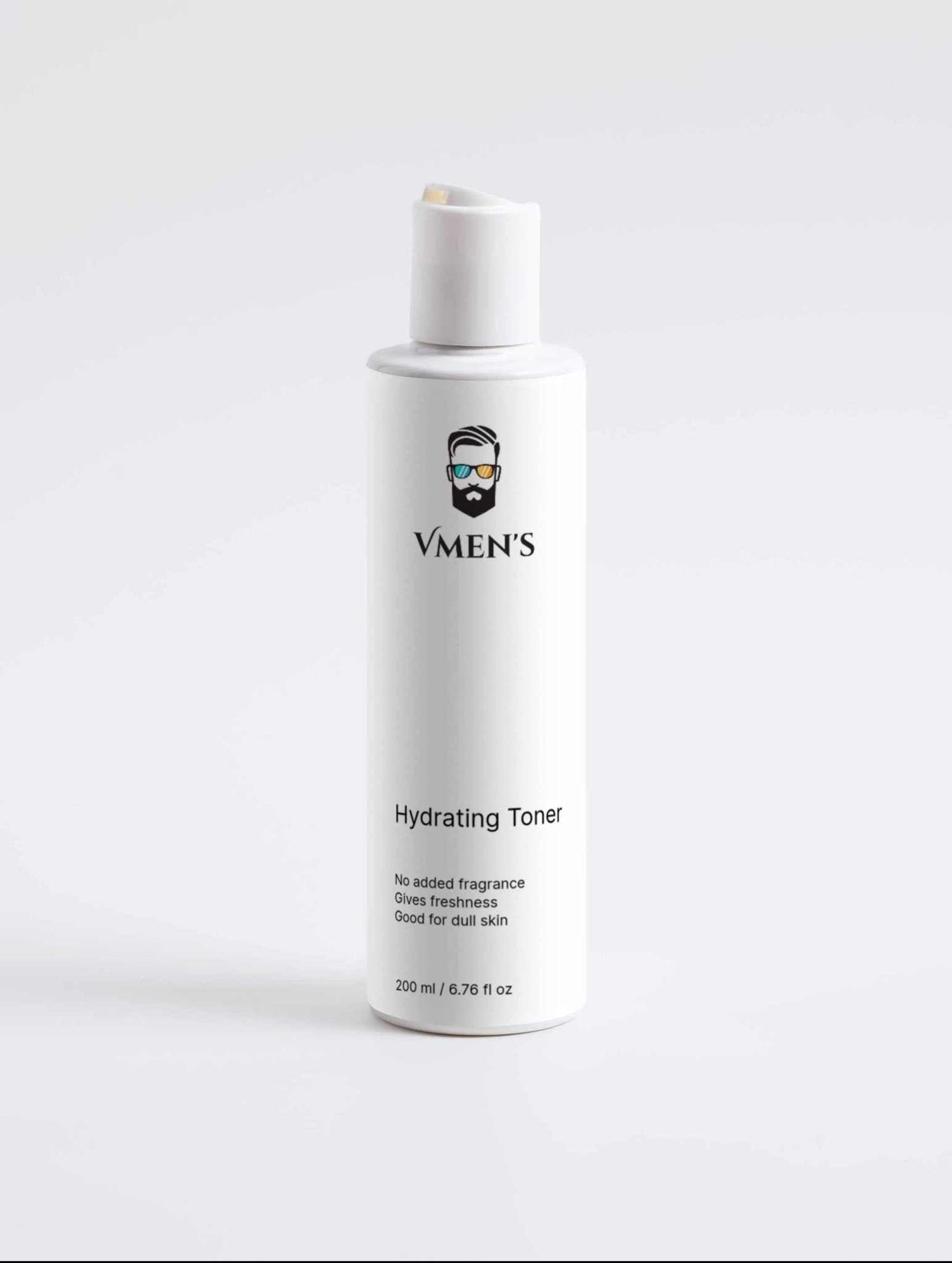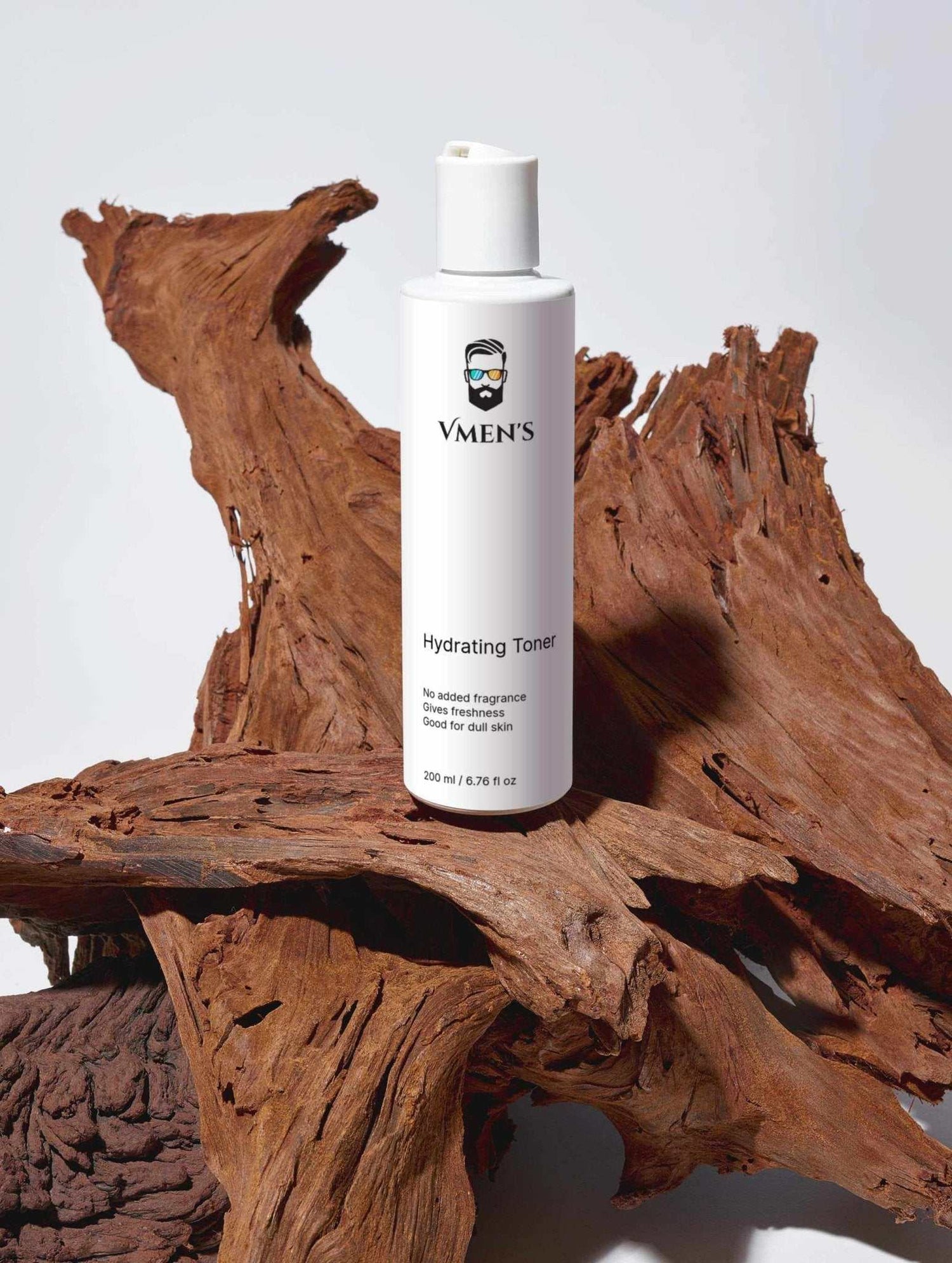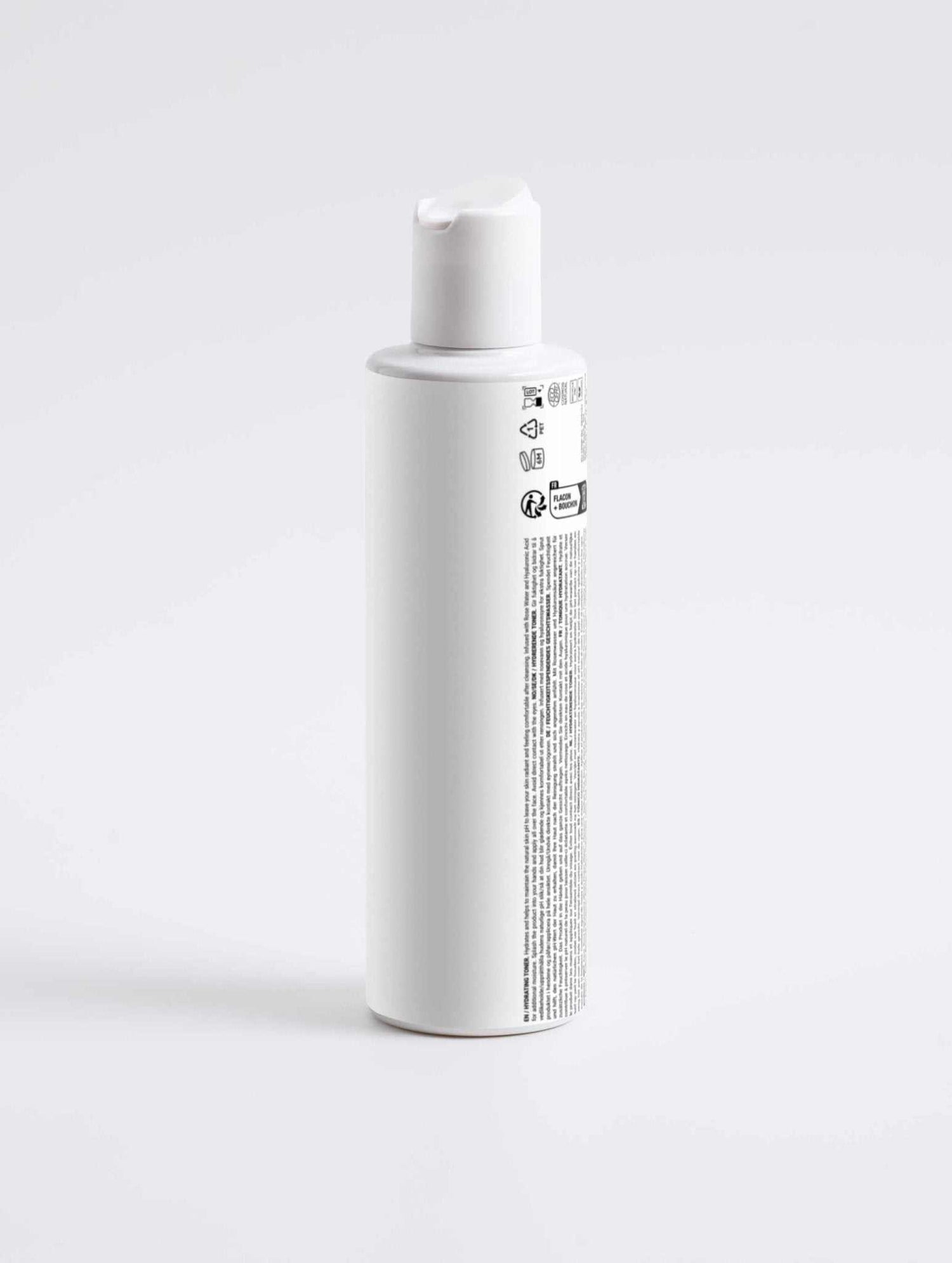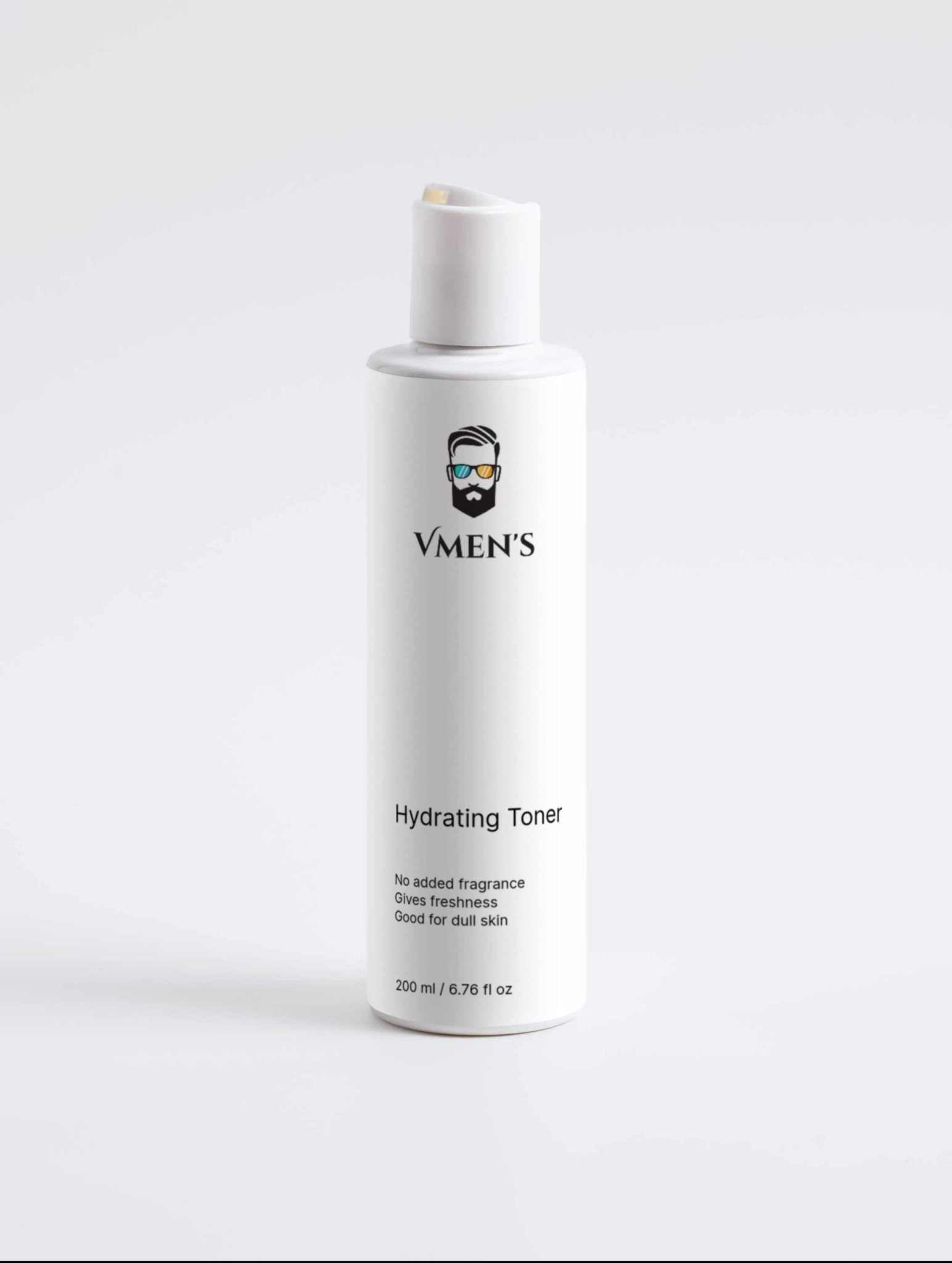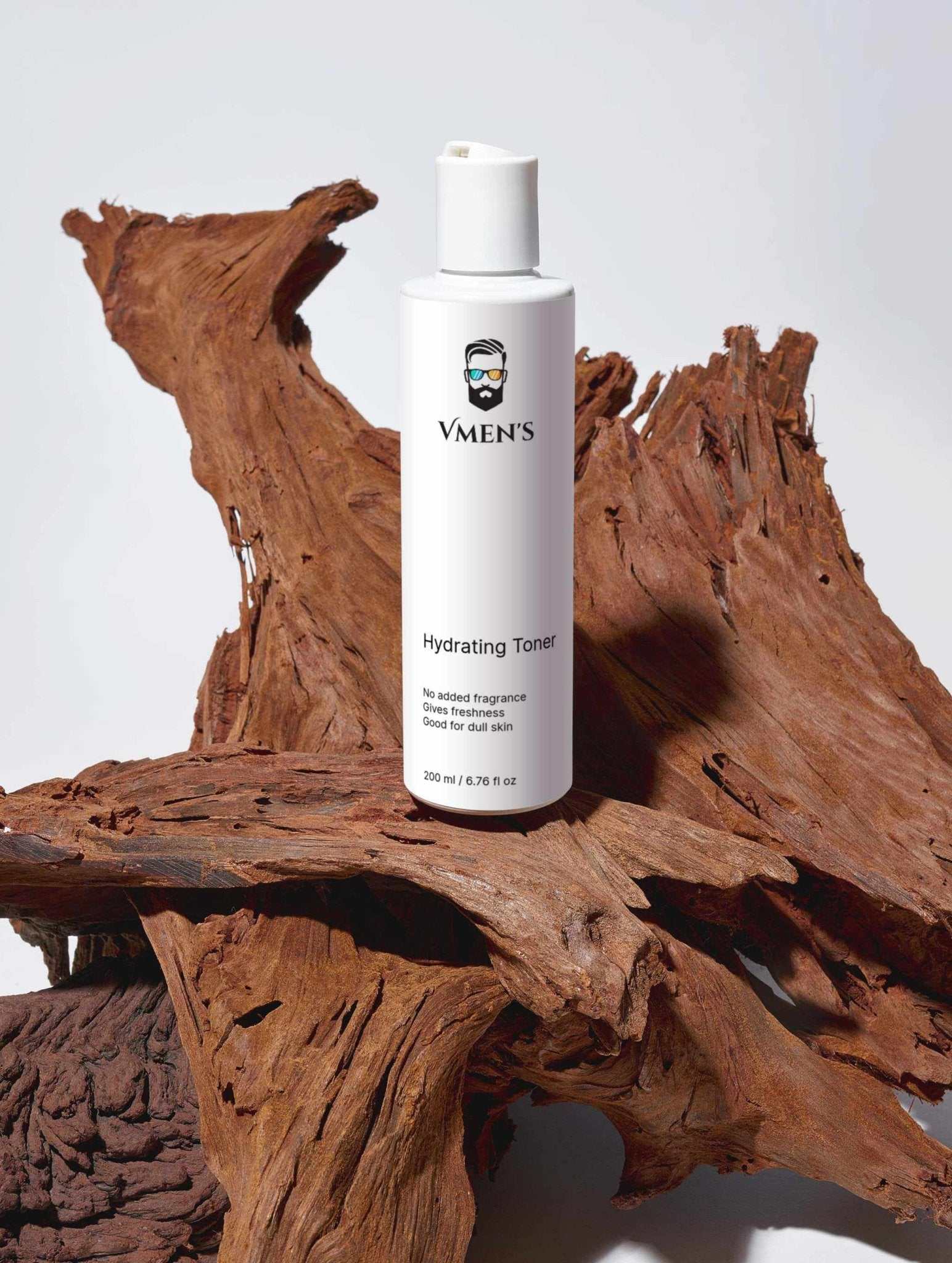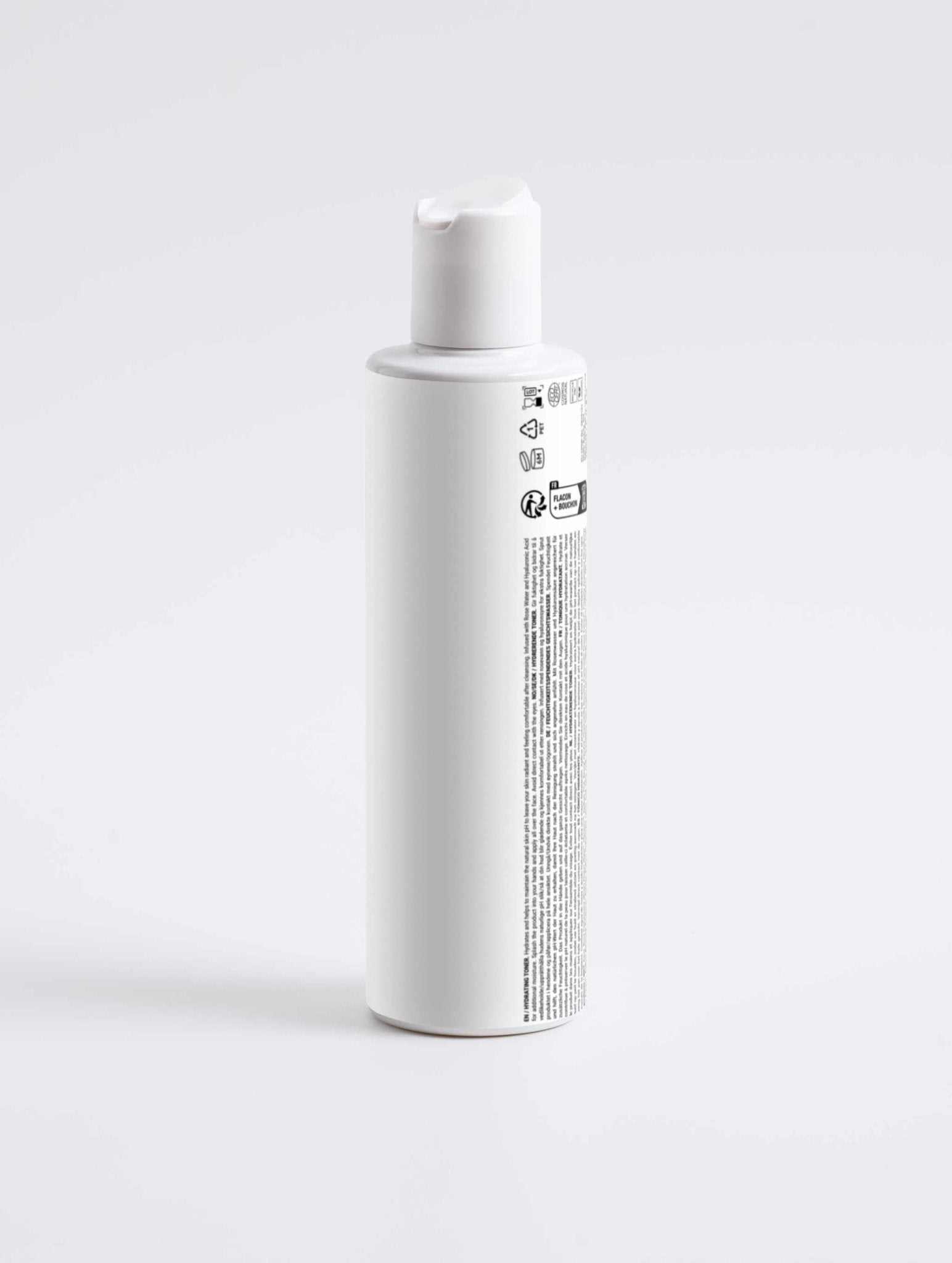Understanding Skin's pH Level and Its Impact on Skin Health
The pH level of your skin is a fundamental factor in maintaining a healthy, glowing complexion. Measured on a scale from 1 to 14, pH levels indicate the acidity or alkalinity of substances, with a healthy skin pH typically sitting around 5.5—slightly acidic. This slight acidity helps protect skin from harmful microbes, environmental stressors, and common skin issues. In this article, we’ll dive into why skin’s pH balance matters, how to identify imbalance signs, and ways to care for your skin’s pH through effective skincare routines.
Why is Skin's pH Important?
Your skin’s pH is integral to maintaining a strong, healthy barrier. This slightly acidic balance supports skin health in several ways:
- Protective Barrier: A mildly acidic pH enables the skin to fend off harmful bacteria, pollutants, and free radicals.
- Prevention of Skin Issues: An imbalanced pH can lead to issues like dryness, irritation, acne, and redness, making it essential for preventing and managing these conditions.
Can You Tell Skin's pH by Looking?
While it’s impossible to determine your exact pH level by sight alone, certain signs may indicate if your skin's pH is imbalanced:
- Alkaline Imbalance: If your skin is too alkaline, you may notice irritation, dryness, acne, and redness.
- Balanced pH: Skin appears soft, supple, and free of dryness when the pH is within a healthy range.
Impact of External Factors on Skin's pH
Your skin’s pH is constantly influenced by various external elements. Here are some factors that can alter skin’s natural pH:
- Environmental Factors: Pollution, sun exposure, and humidity changes can affect your skin’s acidity and overall health.
- Skincare Products: Cosmetics, soaps, detergents, and certain cleansers can disrupt your pH if they’re too acidic or alkaline.
- Bodily Functions: Sebum (natural oils), sweat, and even tap water can shift the skin’s pH balance temporarily.
Choosing the Right Skincare Products
Knowing your skin’s pH can guide you in selecting products that work harmoniously with your skin’s needs:
- Acidic Cleansers: These can be beneficial for those with acne-prone skin, as they help lower skin’s pH. However, they may aggravate conditions like eczema or psoriasis.
- Alkaline Cleansers: Ideal for those with dry skin, alkaline cleansers help raise the skin’s pH, which can be soothing for dryness and irritation.
Chemical Peels and pH
Chemical peels and exfoliating products often have pH levels that can impact the skin’s balance. Here’s how to use them wisely:
- Mild Acidity/Alkalinity: Products with a pH around 3.6, such as some AHAs/BHAs, or sunscreens at about 7.5 can temporarily disrupt pH but typically allow the skin to rebalance within an hour.
- Extreme pH Levels: Products with a pH of 2.5 or lower (acidic) or 8 or higher (alkaline) take longer to balance out. Using these frequently can lead to chronic issues like sensitivity or dryness.
Managing Skin's pH
To keep your skin’s pH within a healthy range, it’s essential to follow a skincare routine that balances and protects:
- Moderation in Treatments: Avoid overusing products with extreme pH levels, especially acids and alkalines.
- Balanced Skincare Routine: Opt for gentle products that maintain or support the skin’s natural pH, such as pH-balanced cleansers and moisturizers.
- Protection from Environmental Stressors: Use broad-spectrum sunscreen daily and protect your skin from pollution and harsh weather conditions to prevent pH disruptions.
Conclusion
Maintaining the right pH balance is crucial for healthy skin. While it’s challenging to gauge the exact pH by sight, recognizing signs of imbalance can guide you in selecting skincare products that align with your skin’s natural needs. A balanced routine that respects the skin’s pH will help prevent issues like dryness, irritation, and breakouts, supporting overall skin health and resilience.
To explore more about pH-balanced skincare products, visit Vmen's skincare blog for tips and product recommendations.

